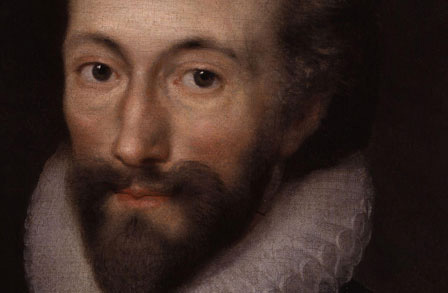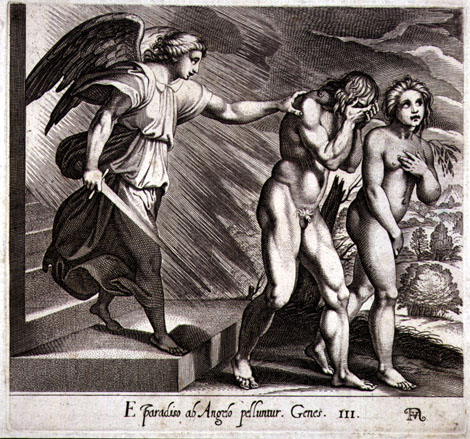Elizabeth Bishop was born on 8th February 1911, in Worcester, Massachusetts. After her father died and her mother was put in a mental asylum when she was very young, Bishop was first sent to live with her maternal grandparents in Nova Scotia and later lived with paternal relatives in Worcester and South Boston.
From 1935 to 1937 she spent time traveling to France, Spain, North Africa, Ireland, and Italy. Her poetry is filled with descriptions of her travels and the scenery that surrounded her, for example in her first book of verse, North & South, published in 1946.
Unlike the confessional poetry of the 1950s, Bishop’s poetry avoids explicit accounts of her personal life and focuses instead with great subtlety on her impressions of the physical world. Bishop’s images are precise and true to life, and they reflect her own sharp wit and moral sense. She has won the Pulitzer Prize as well as the National Book Award.
“First Death in Nova Scotia” is a perceptive poem about a child’s first experience of death. It consists of 5 stanzas. Each of these stanzas is again made up of 10 lines. Hence, the entire poem is made up of 50 lines. This poem is written in the first person, and hence, we can assume that the speaker of the poem is the poet herself.
Stanza 1: In this stanza, the poet describes the wake (that is, a memorial ceremony after the funeral) of her cousin Arthur, the little boy who had died. The poet’s mother seems to have been in charge of organizing the wake. She had chosen to place the body of Arthur in his coffin beneath colorful illustrations of members of the British royalty, in particular King George, Queen Mary, Prince Edward, and Princess Alexandra. Below these pictures was a table on which there was a stuffed bird, known in North America as a loon and elsewhere as a diver. This bird was apparently shot and then its body stuffed by the poet’s uncle, also called Arthur as his dead son is.
Stanza 2: In this stanza, the poet describes how the stuffed bird had not uttered a single word since the day her uncle Arthur fired a bullet into its body. The poet feels that the loon bird must have had a store of knowledge in its mind which it did not share with anybody while it kept sitting on a white marble-topped table which the poet imagines being an ice-covered lake (that being the natural habitat of the bird in question). The loon bird’s breast was filled with soft white feathers, but it had gone cold after it was shot. Nevertheless, you would feel like caressing it if you saw it. The loon bird’s eyes are bloodshot, looking like gems that any woman would want for herself.
Stanza 3: In this stanza, the poet describes how her mother led her up to her cousin Arthur’s coffin and asked her to say goodbye to him. Then her mother took her onto her lap and lifted her up, putting a lily of the valley between her fingers so she could put it into Arthur’s hands. The poet feels that since Arthur’s coffin is made of wood, and is therefore brown, it looks like a frosted chocolate cake. The loon bird, with its red eyes, seemed to be looking directly towards the coffin.
Stanza 4: In this stanza, the poet describes how Arthur was still very young at the time of his death, so his body wasn’t yet physically developed as such. He looked like a doll that was white after been created and had not been painted as yet. Jack Frost (a fictional character representing cold weather and its attendant snowfall) had started to color Arthur in the same way that he colors the maple leaves that are commonly seen in Nova Scotia in winter. However, Jack Frost hadn’t finished his work. He had painted the boy’s hair with a few strokes of red but had left the rest of him white and that could never be changed anymore. It was as if Jack Frost had dropped the paintbrush he had been working with and walked away.
Stanza 5: In this stanza, the poet turns her attention back to the pictures of the British royal family. She says they are dressed in warm coats which are made of red velvet and the white fur of the ermine. In fact, it was not just their bodies, but also their feet that were wrapped up ermine fur. The poet imagines that Arthur has been invited to serve as a page in the British royal court, being the smallest page that there ever was. However, the poet wonders how Arthur shall make his way to court with the lily she had put into his hands. His eyes are shut too tightly and the road leading away from Nova Scotia is buried beneath snow, and hence, the journey cannot be undertaken.
Some online learning platforms provide certifications, while others are designed to simply grow your skills in your personal and professional life. Including Masterclass and Coursera, here are our recommendations for the best online learning platforms you can sign up for today.
The 7 Best Online Learning Platforms of 2022
- Best Overall: Coursera
- Best for Niche Topics: Udemy
- Best for Creative Fields: Skillshare
- Best for Celebrity Lessons: MasterClass
- Best for STEM: EdX
- Best for Career Building: Udacity
- Best for Data Learning: Pluralsight
















